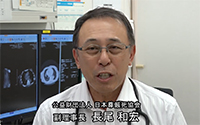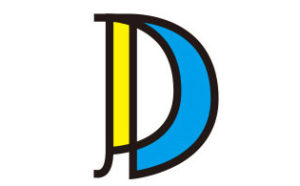Today’s Topics: Oct. 20, 2020
1. New Zealand EOL referendum results available on Oct. 30 (Right To Die news list – FEN)
2. Former opponent of legal change now supports aid-in-dyinglaws (Right To Die news list – FEN)
3. Judge Barrett and aid-in-dying (Right To Die news list – FEN)
Message: 1
New Zealand euthanasia vote: polls point to ‘yes’ amid campaign of fear and doubt The Guardian By Eleanor Ainge Roy, October 14, 2020
“…We are decades behind the world leaders on end of life choice, and I think it’s time New Zealand moved towards being a more compassionate and tolerant society,” says (MP David) Seymour, who sponsored the bill.
“People continue to suffer in ways that are traumatic. I don’t want to have to suffer on to adhere to the morality of someone else. They’ve got their own body if they want to have a ghastly death.”
Referendum results will be available on October 30, 2020
https://www.referendums.govt.nz/endoflifechoice/index.html
https://electionresults.govt.nz/electionresults_2020_preliminary/referendums-results.html
Message: 2
The bench: reflections on an incurable diagnosis and control at the end of life–an essay by Paul Cosford BMJ By Paul Cosford, October 1, 2020
“…I know there is tumour close to vital structures in my chest, I have a permanently collapsed lobe in one lung, and there is the liver metastasis, there at diagnosis, which might grow again. There are many unpleasant scenarios I can contemplate. In some ways I hope it will be an infection that takes me, as that may be a quicker and kinder option. Perhaps, paradoxically, covid-19 or flu, which I have worked so hard to control over the years as a public health professional, will come to my aid.
“My biggest fear around dying is the lack of control. The lack of ability, if all becomes too much, to advance the end a little, to take some control in my final days. I might have a diamorphine pump at that time, and the idea of having an extra vial in the fridge for me to use if I need it is appealing. But I know it cannot be prescribed legally for this purpose so is not really an option. Despite helpful conversations with excellent palliative care specialists, this final element of choice and self-determination seems to evade me.
“I never wanted to be a supporter of changing the law in favour of assisted dying. I have always thought that the law is too blunt an instrument to deal well with the complexities of such difficult moral and ethical matters. I hope that my doctors, working with me and my family, will be able to navigate, carefully and sensitively, to the end of my life with the Hippocratic saying of “cure sometimes, relieve often, comfort always” at the forefront.
“Yet the legal frameworks around the end of life do seem to get in the way. The option of a prescription to allow me, in my last days, to bring forward the end of my life is simply not there.”
Read more at:
https://www.bmj.com/content/bmj/371/bmj.m3716.full.pdf
Message: 3
Judge Amy Coney Barrett and the future of physician-assisted suicide Washington Post – Opinions By Charles Lane, October 19, 2020
“…Other issues created more controversy during her confirmation hearings, but one of the insufficiently appreciated effects of Judge Amy Coney Barrett’s elevation to the Supreme Court could be to fortify existing high court doctrine on physician-assisted suicide and euthanasia, specifically a 23-year-old precedent denying that terminally ill patients have a constitutional right to either one.”


